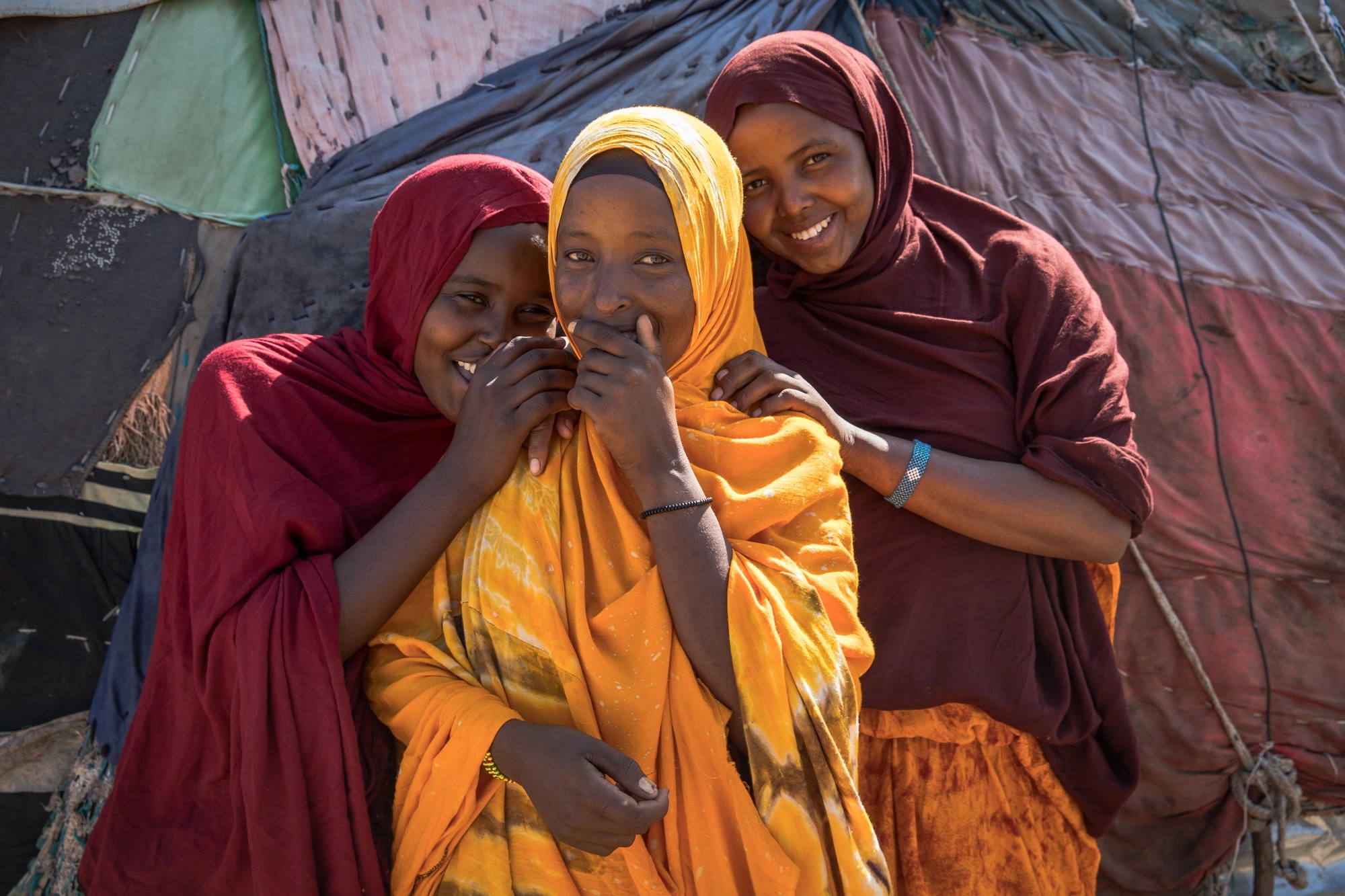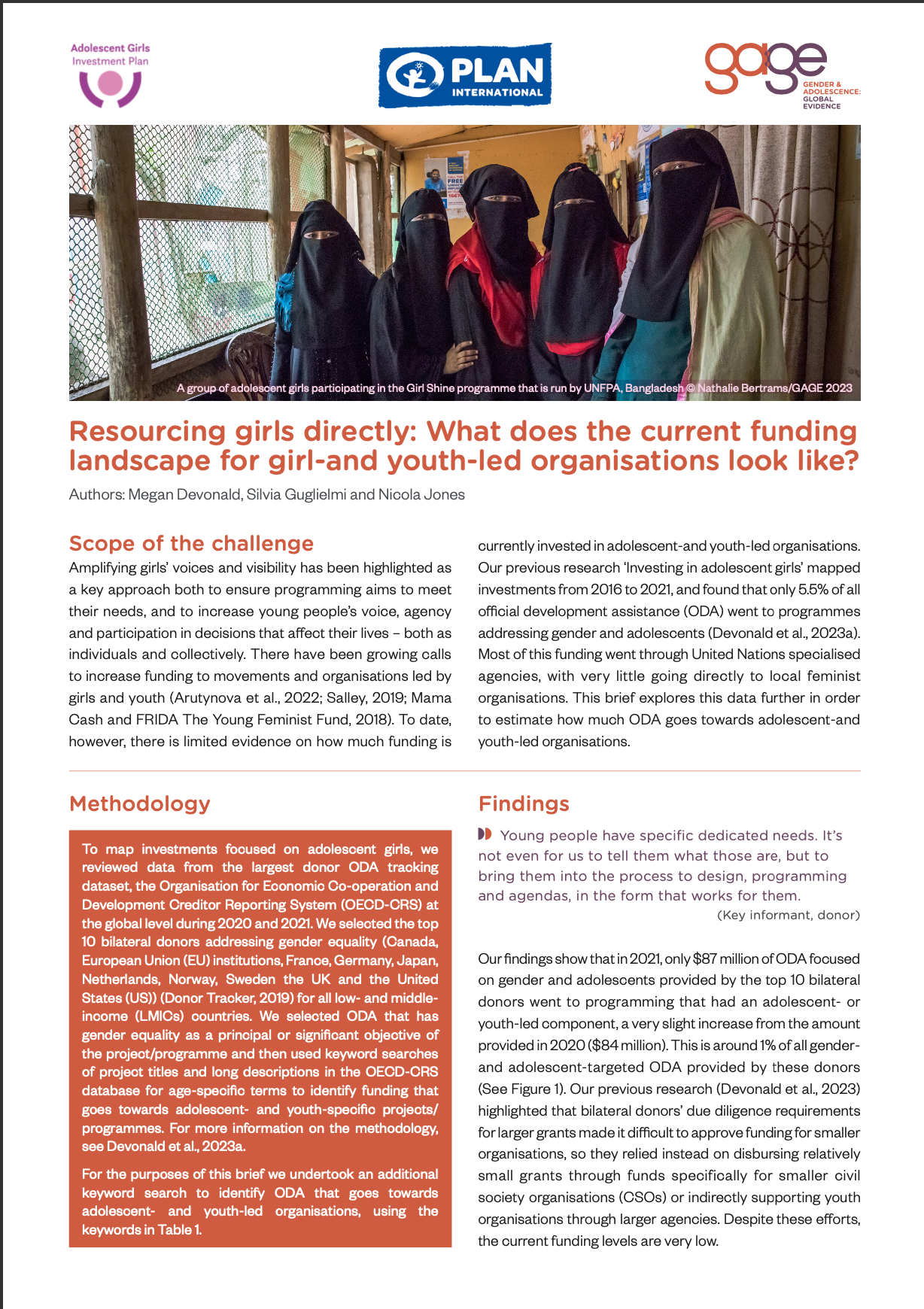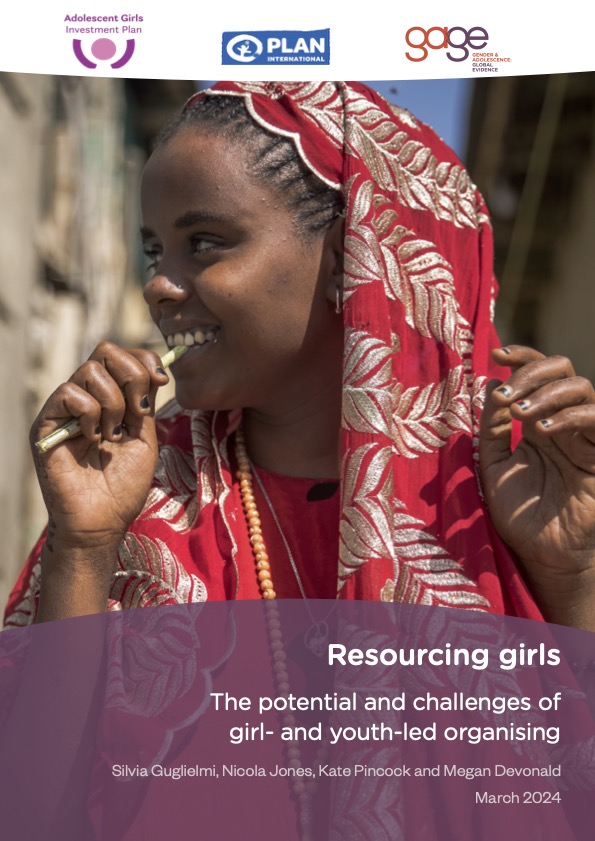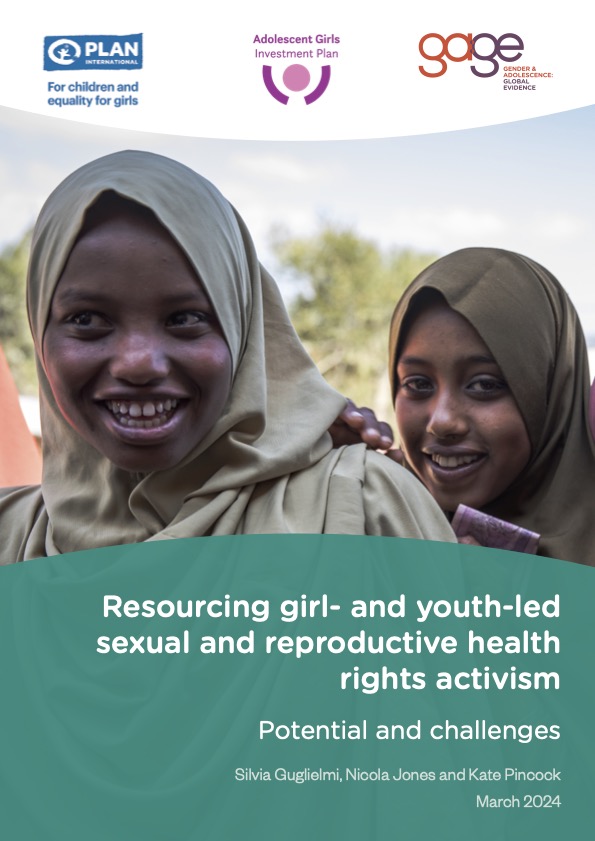
Exploring girls’ collective action: evidence mapping on impacts of and resourcing for girls’ movements
publication
Exploring girls’ collective action: evidence mapping on impacts of and resourcing for girls’ movements
28.09.2025 | Cross-Country
Country
Cross-Country
Capability domains
Across GAGE capabilities
Year of publication
2025
Study methodology
Qualitative
Young people make up one-quarter of the world’s population, and 600 million of them are girls (United Nations Children’s Fund (UNICEF), 2024). Across lowand middle-income countries (LMICs), adolescent girls face unique challenges, including limited access to (and retention in) education, a lack of adolescent-responsive healthcare, and risks of violence, including gender and agebased violence, sexual violence, child marriage and female genital mutilation/cutting (FGM/C).
They also have limited economic opportunities that hinder their potential and perpetuate cycles of poverty and inequality (Baird et al., 2025). Yet it is now widely recognised that adolescence is a critical window of opportunity during which interventions can transform life trajectories not just for individuals but for their families, communities and nations (Chandra-Mouli et al., 2013; Sheehan et al., 2017; Patton et al., 2018; Ross et al., 2022; Devonald et al., 2023a; Baird et al., 2025).
Suggested citation
Browne, E., Guglielmi, S., Jones, N. and Vintges, J. (2025) Exploring girls’ collective action: evidence mapping on impacts of resourcing girls’ movmenents. Working paper. London: Gender and Adolescence: Global Evidence (https://gage.odi.org/exploring-girls-collective-action-evidence-mapping-on-impacts-of-and-resourcing-for-girls-movements/)



